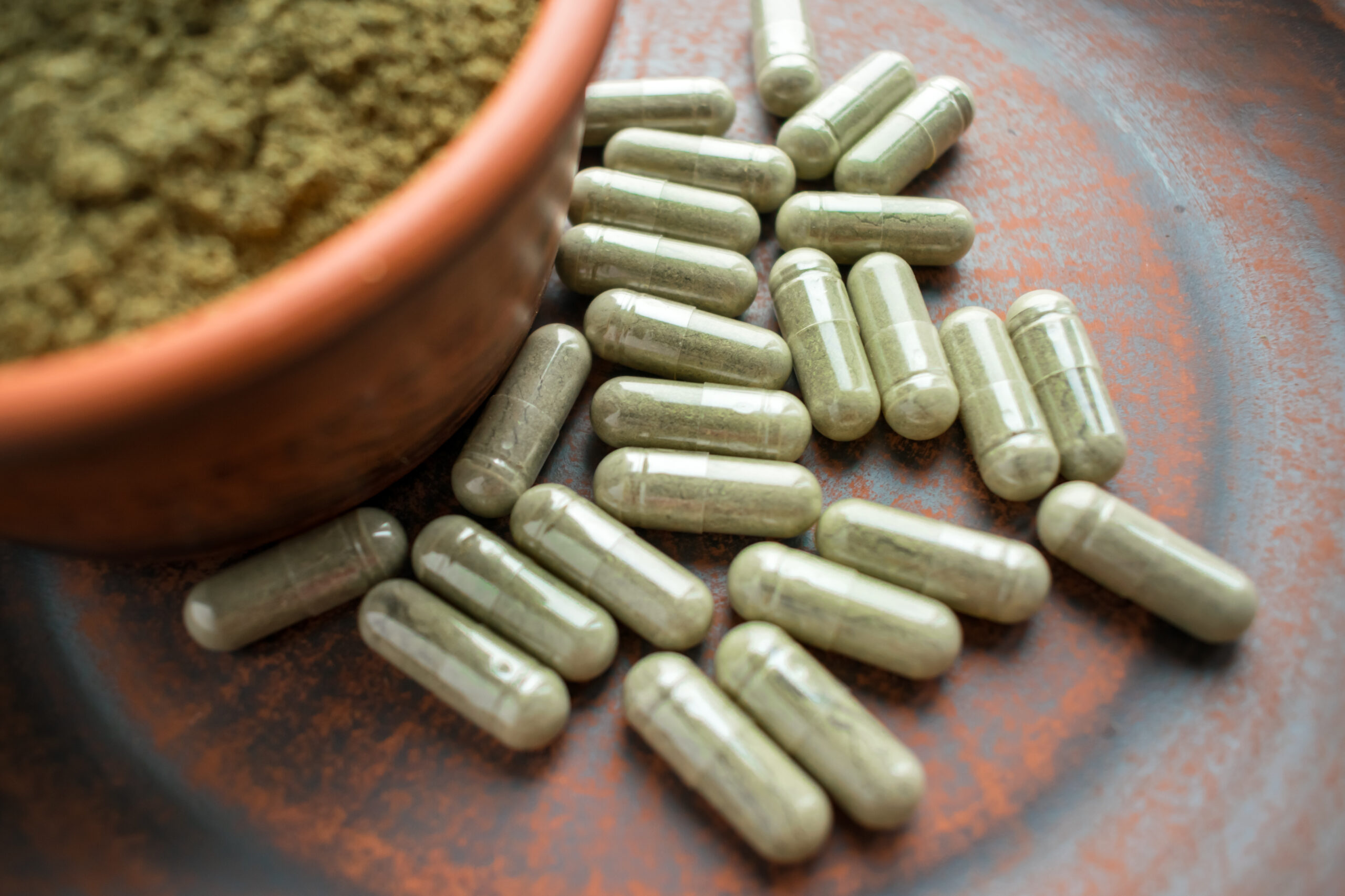About one hour into the ED visit, an overdose panel is sent including acetaminophen, aspirin, and alcohol levels, plus a urine toxicology screen. The acetaminophen level is 143.1 ug/mL. A medical toxicologist is consulted, and N-acetylcysteine (NAC) is initiated. Initial aspartate aminotransferase (AST) and alanine aminotransferase (ALT) are 40 U/L and 37 U/L, respectively. Within 24 hours, her AST and ALT peak at 4,453 U/L and 4,843 U/L, respectively, before starting to trend downward. The repeat acetaminophen level, drawn about eight hours after the initial level, goes from 143.1 ug/mL to 36.5 ug/mL. By hospital day two, the acetaminophen level is <10 ug/mL. The patient remains stable throughout the hospital course and is discharged on hospital day five.
Explore This Issue
ACEP Now: Vol 37 – No 07 – July 2018Acetaminophen Overdose
Acetaminophen overdoses are a common cause of hepatotoxicity in both pediatric and adult patients. The availability of the drug and perception of its safety are likely factors in the large number of overdoses, both intentional and unintentional, seen. The metabolism of acetaminophen involves multiple enzymatic pathways. Glucuronidation accounts for the majority of metabolism, with normal dosing accounting for up to 42 percent to 67 percent. A secondary mechanism, sulfonation, is more active in the pediatric population and accounts for up to 20 percent to 46 percent. Both of the aforementioned pathways result in water-soluble metabolites that are renally excreted. Additional mechanisms responsible for the metabolism of acetaminophen are the cytochrome P-450 (CYP) hepatic isoenzymes. Of particular importance is hepatic isoenzyme 2E1, which results in the formation of a reactive metabolite NAPQI. When an overdose is taken, glucuronidation and sulfonation are saturated, resulting in increased metabolic activity of hepatic isoenzyme 2E1. The increased generation of NAPQI would normally be conjugated to glutathione to form an adduct. However, when glutathione levels decrease to approximately 30 percent, hepatotoxicity occurs, evidenced by an elevation in AST and ALT.
During stage I of the clinical course of toxicity, hepatic injury has not yet occurred, and even patients who will go on to develop hepatotoxicity may be asymptomatic, highlighting the importance of getting an acetaminophen level. Mild symptoms such as nausea, vomiting, pallor, and malaise may be present. A latent period may follow where the patient may have fewer symptoms or even appear clinically well. However, as glutathione stores deplete and NAPQI builds, hepatotoxicity ensues. Stage II represents the onset of hepatic injury, and signs and symptoms may vary with severity of hepatic injury. Most patients will develop elevations of AST and ALT within 24 hours of ingestion. By convention, acetaminophen-induced hepatotoxicity is defined as a peak ALT concentration above 1,000 IU/L.
Pages: 1 2 3 4 5 | Single Page




No Responses to “Acetaminophen Overdose Diagnosis and Treatment”